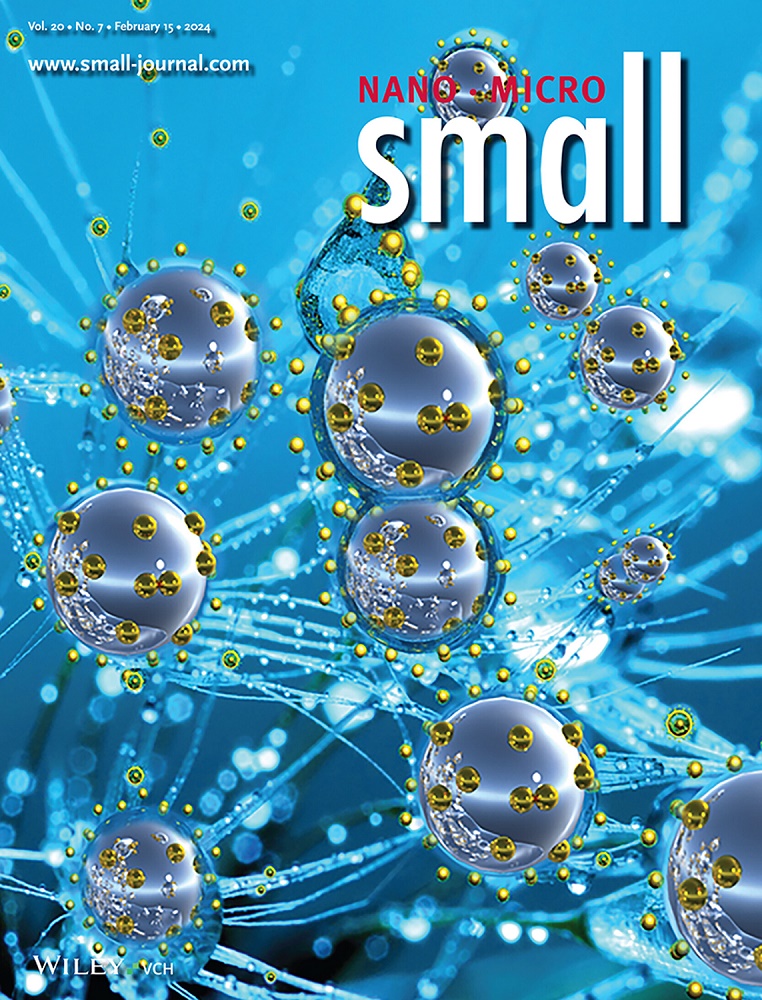Advances in Multicompartment Synthetic Protocells: from Design Strategies to Biomedical Application.
IF 12.1
2区 材料科学
Q1 CHEMISTRY, MULTIDISCIPLINARY
引用次数: 0
Abstract
Multicompartment synthetic protocells offer significant advantages over traditional single-compartment systems by replicating the compartmentalized organization of natural cells. This advanced design enables effective synergy and precise control over complex biochemical reactions through modular and hierarchical structures. The construction strategies primarily encompass self-assembly methods, microfluidic technology, and double emulsion techniques, which facilitate precise and reproducible formation of interconnected compartments separated by physical or chemical barriers. These compartmentalized architectures allow synthetic protocells to mimic natural cell functionalities, including regulated transmembrane transport, energy metabolism, and responsive behaviors triggered by environmental stimuli (e.g., pH or temperature). By segregating metabolic pathways into distinct compartments, these multicompartment synthetic protocells can significantly reduce undesirable interference between biochemical reactions, thereby enhancing reaction specificity, efficiency, and stability. This review systematically examines the recent advancements in constructing multicompartment synthetic protocells, discusses the unique characteristics empowered by multicompartment synthetic protocells, and finally highlights their potential applications, particularly emphasizing their roles in biomedical applications. Finally, current challenges and future perspectives in advancing the precision, functionality, and biomedical applications of multicompartment synthetic protocells are discussed, aiming to provide valuable insights and directions for future research.多室合成原细胞的研究进展:从设计策略到生物医学应用。
通过复制自然细胞的区隔组织,多室合成原细胞与传统的单室系统相比具有显著的优势。这种先进的设计能够通过模块化和分层结构有效协同和精确控制复杂的生化反应。构建策略主要包括自组装方法、微流体技术和双乳液技术,这些技术有助于精确和可重复地形成由物理或化学屏障隔开的相互连接的隔间。这些区隔化的结构允许合成原细胞模拟自然细胞的功能,包括受调节的跨膜运输、能量代谢和由环境刺激(如pH或温度)触发的响应行为。通过将代谢途径分离到不同的室室,这些多室合成原细胞可以显著减少生化反应之间的不良干扰,从而提高反应的特异性、效率和稳定性。本文综述了近年来构建多室合成原细胞的研究进展,讨论了多室合成原细胞的独特特性,并重点介绍了它们的潜在应用,特别是在生物医学应用中的作用。最后,讨论了多室合成原细胞的精度、功能性和生物医学应用方面面临的挑战和未来的展望,旨在为未来的研究提供有价值的见解和方向。
本文章由计算机程序翻译,如有差异,请以英文原文为准。
求助全文
约1分钟内获得全文
求助全文
来源期刊

Small
工程技术-材料科学:综合
CiteScore
17.70
自引率
3.80%
发文量
1830
审稿时长
2.1 months
期刊介绍:
Small serves as an exceptional platform for both experimental and theoretical studies in fundamental and applied interdisciplinary research at the nano- and microscale. The journal offers a compelling mix of peer-reviewed Research Articles, Reviews, Perspectives, and Comments.
With a remarkable 2022 Journal Impact Factor of 13.3 (Journal Citation Reports from Clarivate Analytics, 2023), Small remains among the top multidisciplinary journals, covering a wide range of topics at the interface of materials science, chemistry, physics, engineering, medicine, and biology.
Small's readership includes biochemists, biologists, biomedical scientists, chemists, engineers, information technologists, materials scientists, physicists, and theoreticians alike.
 求助内容:
求助内容: 应助结果提醒方式:
应助结果提醒方式:


